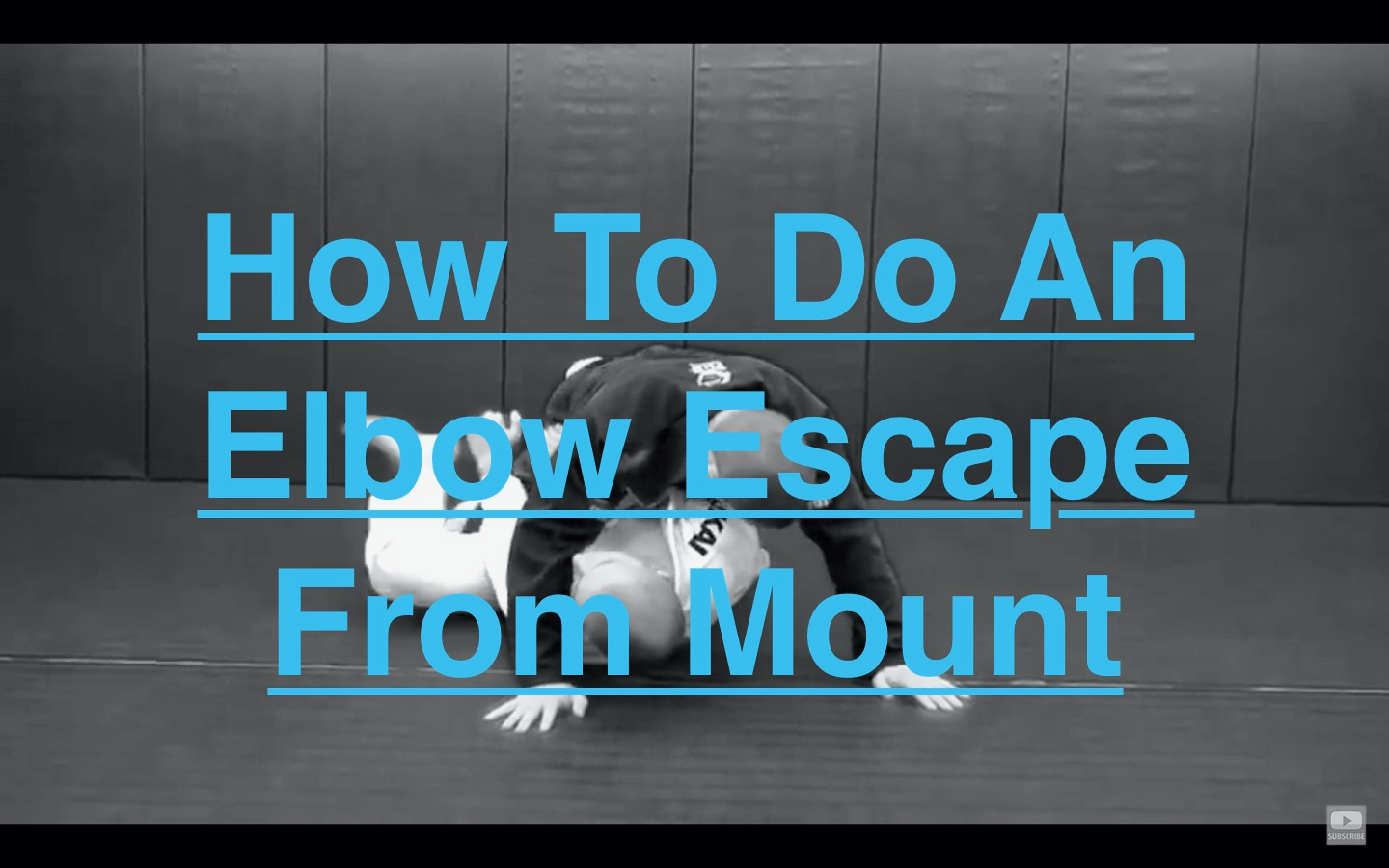
The Americana is an incredibly simple (you twist someone’s arm until their shoulder reaches its limit) but incredibly versatile (it can be used from just about any position) submission in BJJ. The Americana submission is so common that it is a part of the Gracie Jiu Jitsu How To Get a BJJ Blue Belt curriculum.
The Americana in Brazilian Jiu Jitsu is typically executed from mount or side control, though it is also common from half guard and since it is a simple twisting of the arm it is applicable from just about any position and a useful tool to always have in your arsenal.
Start: Mount
Step 1: Pin opponent’s wrist to mat above their head with opposite side hand with their arm bent at 90 degrees, as if they were throwing a football
Step 2: Slide same-side hand underneath opponent’s upper arm at the bicep and tricep
Step 3: Grip your opposite side hand with your same-side hand, using a C grip or monkey grip. At the same time, hook your opposite-side foot inside opponent’s leg to prevent being swept or bumped off of mount
Step 4: Drag opponent’s wrist down towards their feet, keeping it pinned to the mat like a paint brush
End: Submission by Americana




